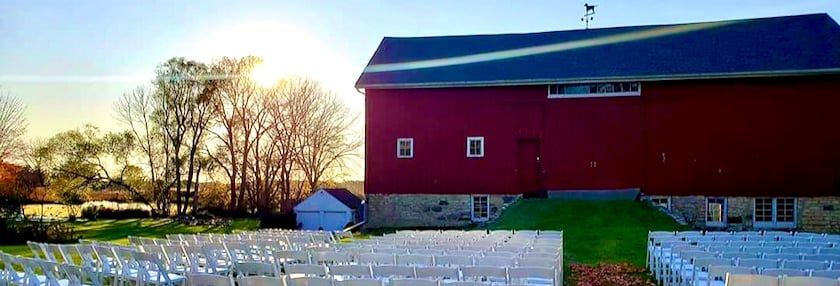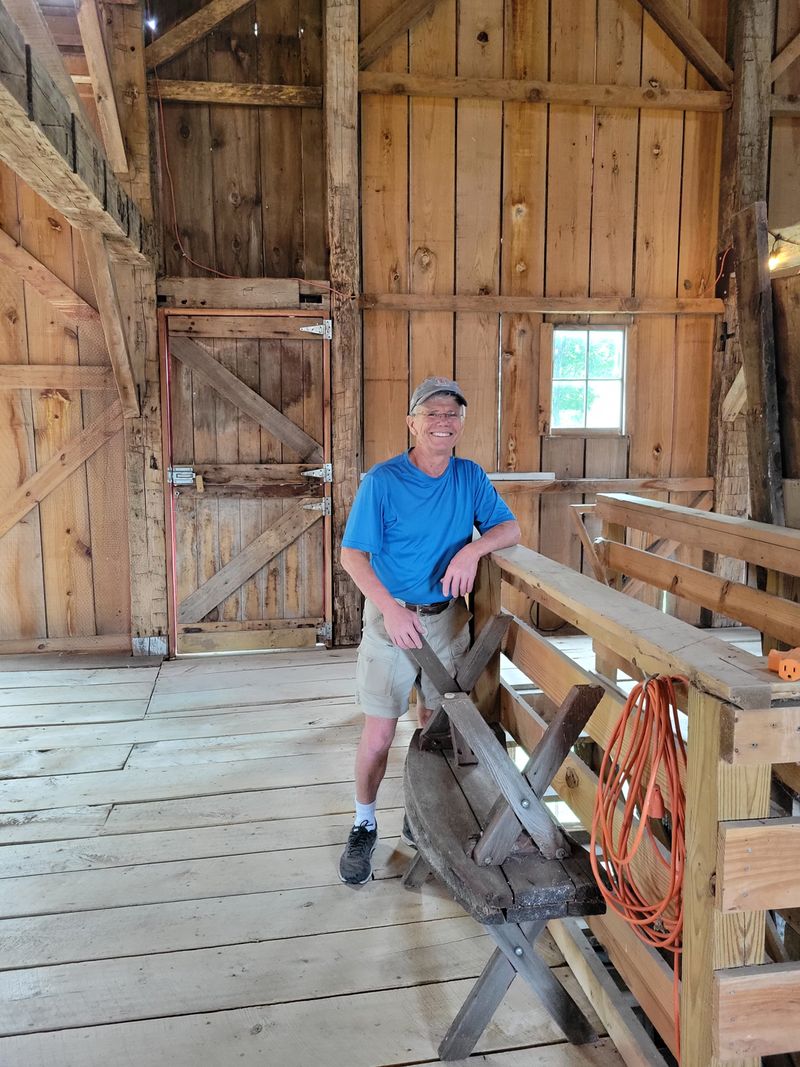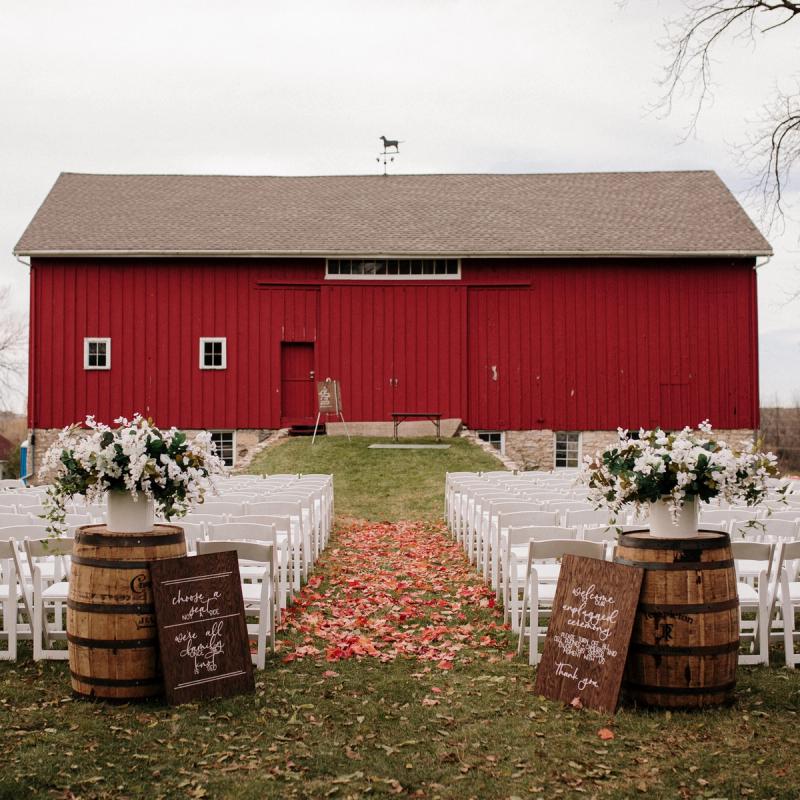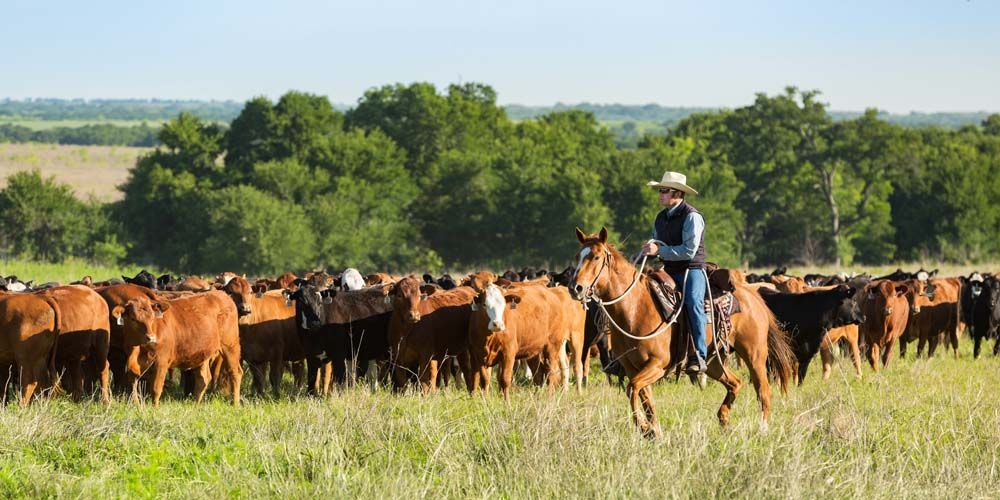City Grows Around 1860s Bank Barn


Restored, it now hosts events and tours
Imagine it’s the 1860s and a bright red, Pennsylvania-style bank barn proudly stands out among farm fields a couple miles south of the city limits of Cedar Falls, Iowa—with a population less than 3,000, it was an up-and-coming town in its day.
Flash forward to 2022 as a bustling city of 40,750 residents now surrounds the barn and its acreage within a busy neighborhood containing residential homes and apartments, convenience stores, shopping malls and a law enforcement center.
A barn to love
“A road study determined that the farmstead was eligible for the National Register of Historic Places, which is one of the factors why the state highway now goes around it,” says Dave Williams.
Williams is the fifth owner and only third non-family possessor of the barn and home on South Main Street in Cedar Falls.
The barn has a limestone foundation, multiple windows on the basement level which once housed horses, board-and-batten siding, and a row of tiny windows above the center doors.
The barn and adjacent home were built by Samuel Hampton Rownd, an Ohio native who served in the Civil War from 1862 to 1864 before returning to Iowa and settling on land deeded from his father Samuel Hopkins Rownd.

Williams purchased the home in 1989 and then bought the barn, which he first restored in 1996. After taking possession of the showpiece property on his current 3-acre spread, he had a buried electric line and even an Internet cable installed.
Time-worn but sturdy
Under a previous owner, two volunteer trees eventually wore holes in the shake shingle roof, damaging the barn’s east side. Williams’ work also included jacking up the west side of the barn, putting in proper footing and sheeted lumber all the way to the ground with used wood to replace the foundation that had failed due to being pushed out by the force of the east side bank.
Williams likes to say, “Sometimes it’s a good thing we don’t build things like they used to.”

In addition to regular maintenance due to Midwest weather, there’s the ongoing challenge of excluding critters, including bats, a variety of birds, eastern gray squirrels, and raccoons.
Williams freely allows many unique events to take place at the barn, including a few parties he has sponsored, many proms, graduation and senior photos, and even a fall wedding. He enjoys having visitors ride bicycles and walk trails located very close to his acreage—a rarity to have such a historic landmark smack-dab in the middle of a community.
Williams has been a member of the 25-year-old Iowa Barn Foundation and his barn has been included on its tours.
Know your barn, know your limits
What advice would Williams give someone considering a barn restoration?

“Think about what your long-term goals are,” he says. “Upkeep is time consuming and not inexpensive, but I never had a profit motive. It made sense to me, in this case, to preserve an important and easily accessible piece of our history. Finding contractors with the right skills can be hard, especially in somebody willing to paint a barn which I’ve had done twice. Also, have a Plan B in mind—in other words, have the end in mind.”
Tags:Acreage Accents

Acreage Life is part of the Catalyst Communications Network publication family.
















